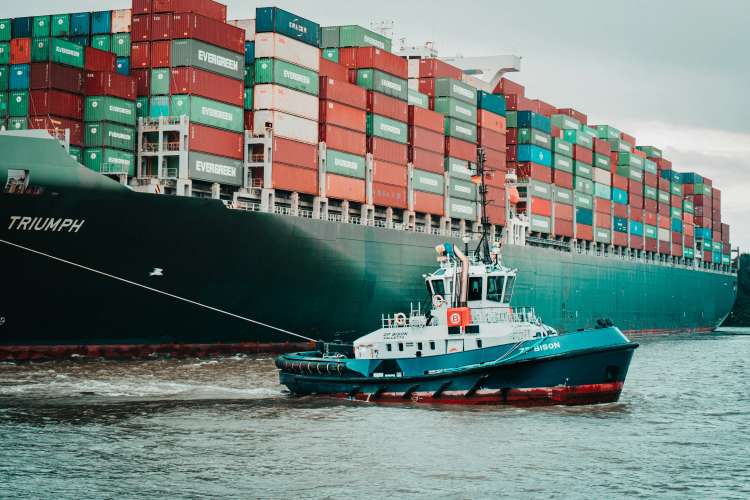India has reported widening trade deficit in August at a 10-month high $29.7 billion, amid muted global demand and softening oil prices. While exports have registered their steepest decline in 13 months, falling 9.3% to $34.7 billion, imports hit a record high of $64.4 billion, driven by a surge in gold inflows. The rising trade deficit presents a challenge for the government which attributes the spike in imports to gold and silver.
Gold imports were particularly high in August, driven by factors such as festive season stocking, declining global gold prices, and the recent cut in import duty from 15% to 6%. Although overall imports increased by 3% year-on-year, gold accounted for a significant portion of the rise. Other sectors contributing to high imports included coal, electronic goods, and non-ferrous metals. On a positive note, imports of petroleum and crude products contracted by nearly a third to $11 billion during the same period.
READ | Renewable energy sector: $386 billion investment fuels ambitious targets
Indian exports face global challenges
India’s exports recorded negative growth in August, led by declines in rice, oil meals, marine products, iron ore, and gems and jewellery. Global economic factors, such as China’s slowdown, ongoing recessions in the EU and the US, declining oil prices, and rising transportation costs due to the Red Sea crisis, have significantly impacted exports. According to the Global Trade Research Initiative, freight costs for shipments to Europe and the US have more than doubled in the past year, largely due to disruptions in the Red Sea. Additionally, Indian exporters have faced challenges from the escalating US-China trade war and declining global commodity prices.
Commerce secretary Sunil Barthwal has acknowledged that exports face significant challenges in the current global economic climate. The widening merchandise trade deficit in August could push the current account deficit to between 1.5% and 2% of the GDP in this quarter.
A healthy balance between exports and imports is crucial to avoid a trade deficit, which can lead to currency devaluation, increased economic vulnerability, debt, and in extreme cases, economic collapse, as seen in Sri Lanka. Although India is not at such a critical stage, the government maintains that a high trade deficit is not a major concern for an emerging economy like India. With strong domestic consumption driven by rapid economic growth, India’s imports have increased as the country becomes more integrated into global value chains. Barthwal emphasised that even nations with large trade surpluses, such as China, must import certain goods in order to export.
Government measures to address trade deficit
The government is taking proactive steps to prevent the trade deficit from escalating further. Barthwal has stated that India is seeking to boost shipments of goods and is exploring new markets, particularly in Africa. Additionally, the government has identified 12 champion services sectors, such as education, healthcare, shipping, and transportation, which have significant export potential and are less affected by global economic issues.
These sectors are expected to play a crucial role in achieving the government’s target of $2 trillion in exports of goods and services, with 50% of that target projected to come from the services sector. Despite global challenges, the government remains optimistic, viewing India as a bright spot in the global economy.
Trade Connect e-platform
To further boost export potential, the department of commerce plans to launch the Trade Connect e-platform. This platform aims to assist aspiring exporters by offering guidance and support in all aspects of international trade. It will provide certification courses on export initiation, information on in-demand products and markets, details about relevant buyer events, and the necessary paperwork for registering as an exporter.
Despite these efforts, India is yet to achieve optimal levels in boosting exports. The government must to strengthen domestic shipping lines and container production, as over 90% of India’s merchandise exports depend on global carriers like Maersk. A World Bank report also recommended reducing import tariffs and integrating into global value chains to enhance exports. The report highlighted that India’s manufacturing sector has not fully capitalised on the opportunities presented by China’s exit from certain industries, particularly under the China Plus One strategy, where India was expected to be the primary beneficiary.
India still has a long way to go in realising its full export potential, but with strategic measures, it can seize the opportunities presented by shifting global trade dynamics.

